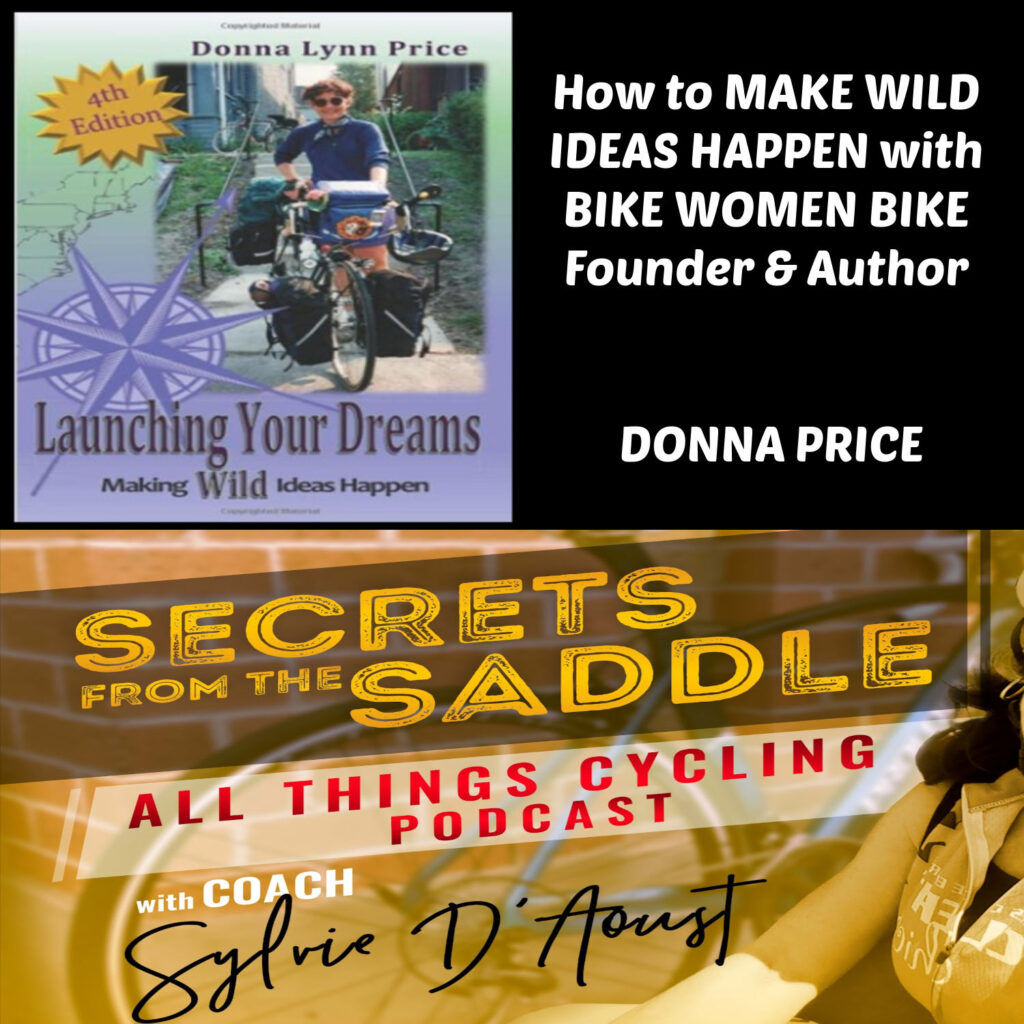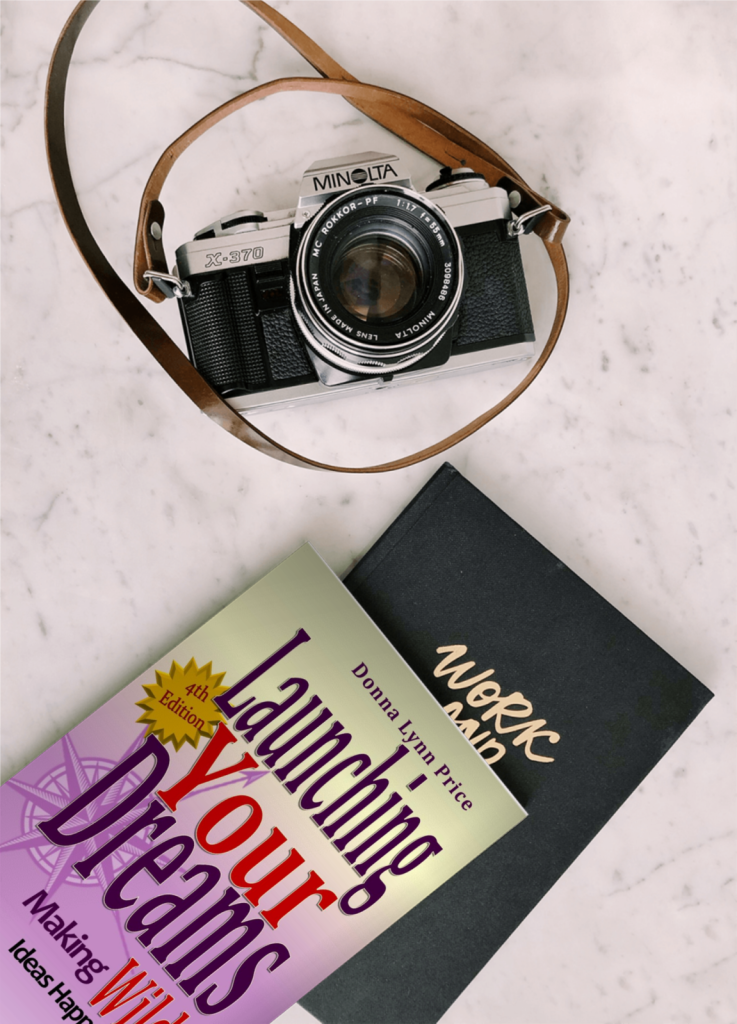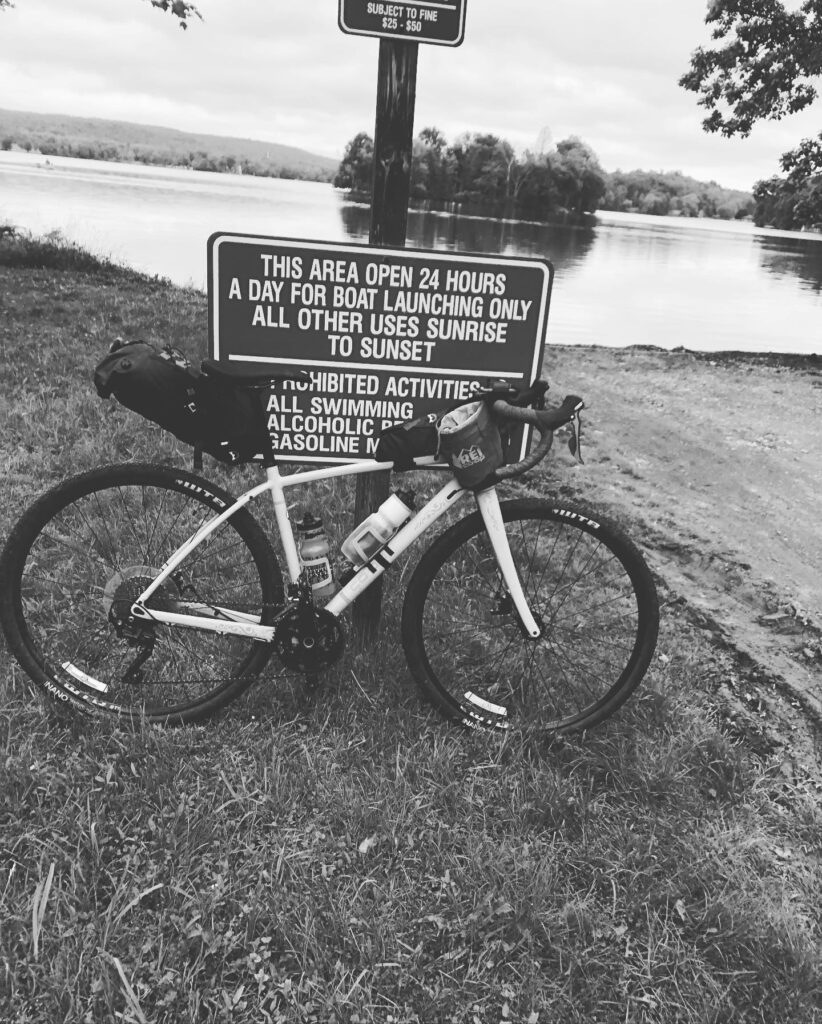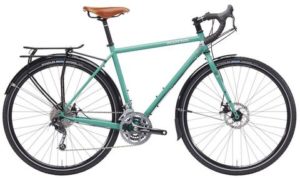Women on Bikes! [Bicycles, that is!]
Cycling Goals for the Season
Have you set any goals for the season??
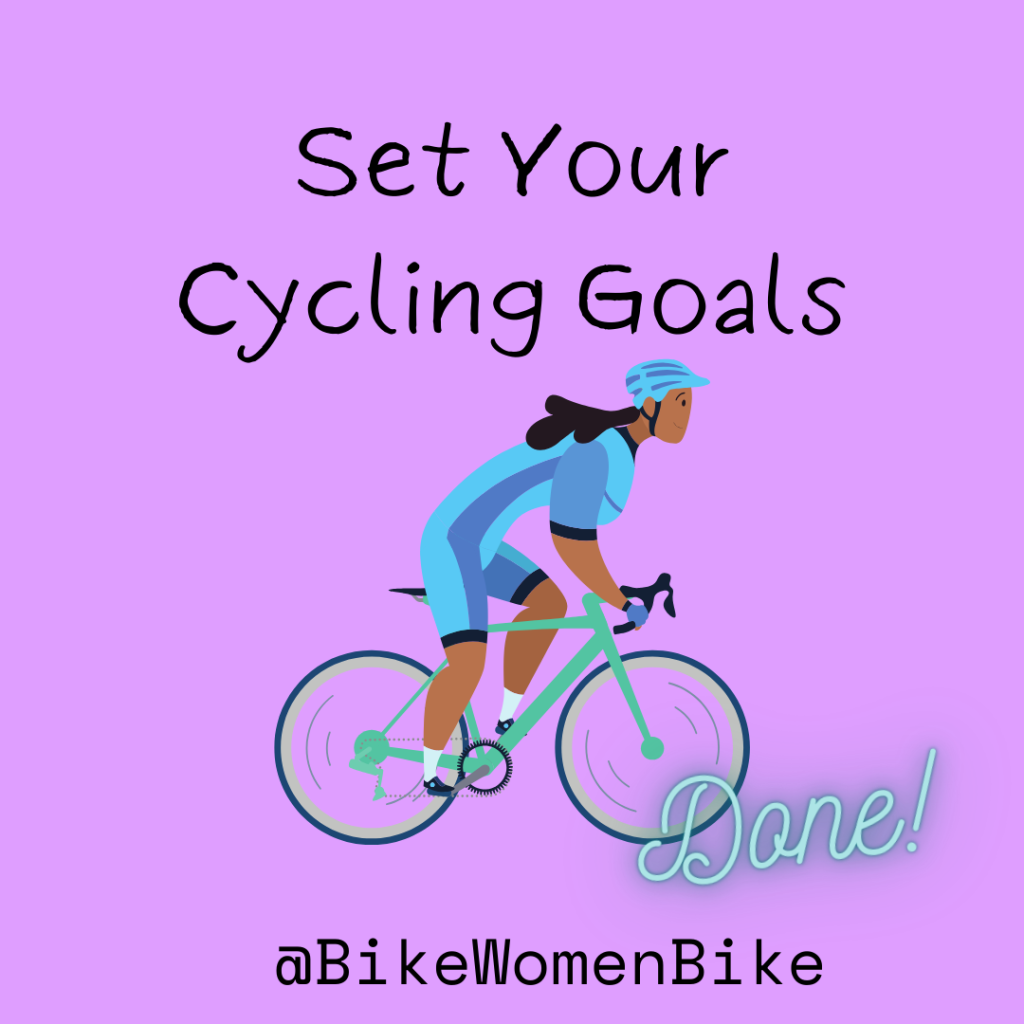
I have several!!
I would love to be able to ride a century (100 miles) but this year my goal is a metric century (62.5 miles) It’s more realistic right now. But you never know!!
I also want to ride several new event rides. Right now, we are scheduled for Lu Lacka Wyco Hundo (referral link) in Pennsylvania and Northwinds Gravel Classic in Tug Hill region in New York State. I also want to do a BikeADK — Bike the Barns, in the Adirondacks and the Grateful Dead ride in Vermont: Grateful Gravel!!
I am also working on hitting 100 miles in one week between inside riding and out. I come so close, but then I miss by a few miles. I track all of my miles between the two so any 7 day period counts. It doesn’t have to be a traditional Sun-Sat week. It could be Weds – Tues. So, at some point I will make it!! We need more long ride days.
And finally, I want to start using this platform to connect with more women riders, encourage each other and plan a few rides together!! Watch for the flyer in the Facebook group or on Instagram.
What are your plans for the season??
Let me know!! When you share your goals, they are more likely to happen!! It’s a pride thing. Not wanting to not do what we say we will do. So share them in the comments!!
Are You Cycling Savvy?
I thought I was! But after taking the Cycling Savvy course, I learned that there were things I wasn’t doing right!!
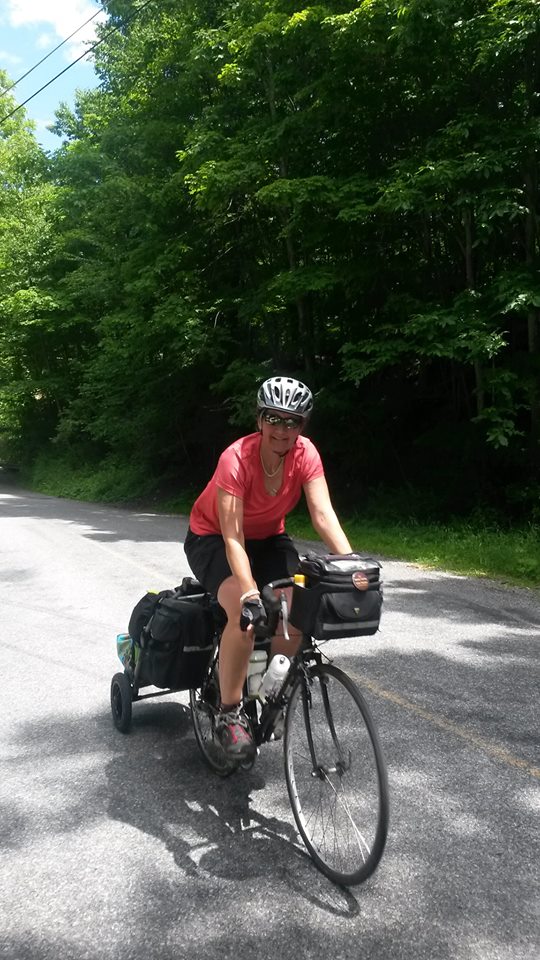
I love riding on the road. I love the changes in terrain, what’s over the next hill, the new horizon….
I keep hearing how people are scared to ride on the road. And it is a legit fear and hesitation. Riding the road, takes confidence, good bike handling and some good strategies. I biked across the country years ago, and I have most of these. But the Cycling Savvy course taught me some new strategies for communicating clearly with cars what makes us both safe.
The course, teaches strategies for where YOU as the cyclist need to be in the lane in different situations, and it is NOT always as far right as you can go.
I live in rural New Jersey. Our roads are beautiful, but they are NOT made for cyclists!! So this training was just as important for us, as it is for a more urban rider. There are times, where the right shoulder is not the safe space. I have a bit of road near me that has no shoulder, two rock walls and curves. It is not safe to pass a cyclist on these curves. But if we ride far right, cars do. They cross the double yellow and pass us putting themselves and any oncoming cars into danger.
Even before the Cycling Savvy course, I started riding the lane. I’ve always done this at times. I decide it is not safe to pass and I move to the middle of the lane, making it harder to pass me. The cycling savvy course confirmed this strategy as the safest way to ride this section of road.
I highly recommend their courses and encourage you to take a look if you want to feel more comfortable on the road. When you learn these strategies it empowers you to take to the road.
Virtual Bike Summit
Join us this weekend, Sept 18–20 for a free @milesofportraits virtual summit celebrating the bicycle’s power to transform and free us.
🎟 Register to watch live or later: milesofportraits.com/cycling-with
#CyclingWith #AdventureCycling #WorldByBike
—
The Cycling Industry Pledge
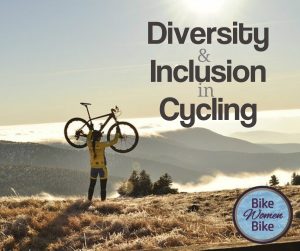 236 Companies and counting have signed onto the Cycling Industry Pledge
236 Companies and counting have signed onto the Cycling Industry Pledge
From the WTF Site:
As leaders in the cycling industry, we are responsible for making our workplaces, communities, and world genuinely inclusive. The Cycling Industry Pledge (CIP) holds companies accountable to advance diversity, equity, and inclusion in the cycling community and includes the WTF Guiding Principles for any individual to take.
CIP was inspired by the Outdoor CEO Diversity Pledge created by Teresa Baker.
Read the full pledge and commitment at the WTF Explorers site. (WTF is shorthand for Womxn, Trans, Femme.) Thank you for taking a lead for cycling.
The pledge outlines the goals and principles needed to make cycling more accessible and inclusive. It is not just about being able to get a bike, but about roads and infrastructure and industry hiring practices and cycling teams and racing…..
It is exciting to see the commitment of the cycling industry across the country to work towards diversity and inclusion in cycling, 236 and counting is a great start, but it is just that, a start! And of course there is work to do by each of us.
If your organization is committed to diversity and inclusion in the cycling industry, check out the pledge and join the other 236 bike industry leaders in their commitment.
What are the ways we can support the pledge as cyclists and individuals?
- Invite your local cycling companies to sign the pledge
- Support the organizations that have already signed on
- Invite friends to cycle with us
- Support the pledge
- Support diverse cycling programs and groups
- Work to get more people on bikes
- Advocate for cycling infrastructure in all communities
- Get out and ride — because a ride is the best place to come up with new ideas and insights.
- Stand as an ally
- Advocate for cycling programs in schools across the country
We can all play a part in working to make cycling accessible to everyone and continue to increase cycling across communities and the country. The cycling industry pledge and its principles is a step in that process.
A Quick Bike Tour
Thrilled to do a quick bike tour with my daughter and a friend. Even a short trip takes the same amount of gear and lots of planning. And then of course, those plans get changed on the road.
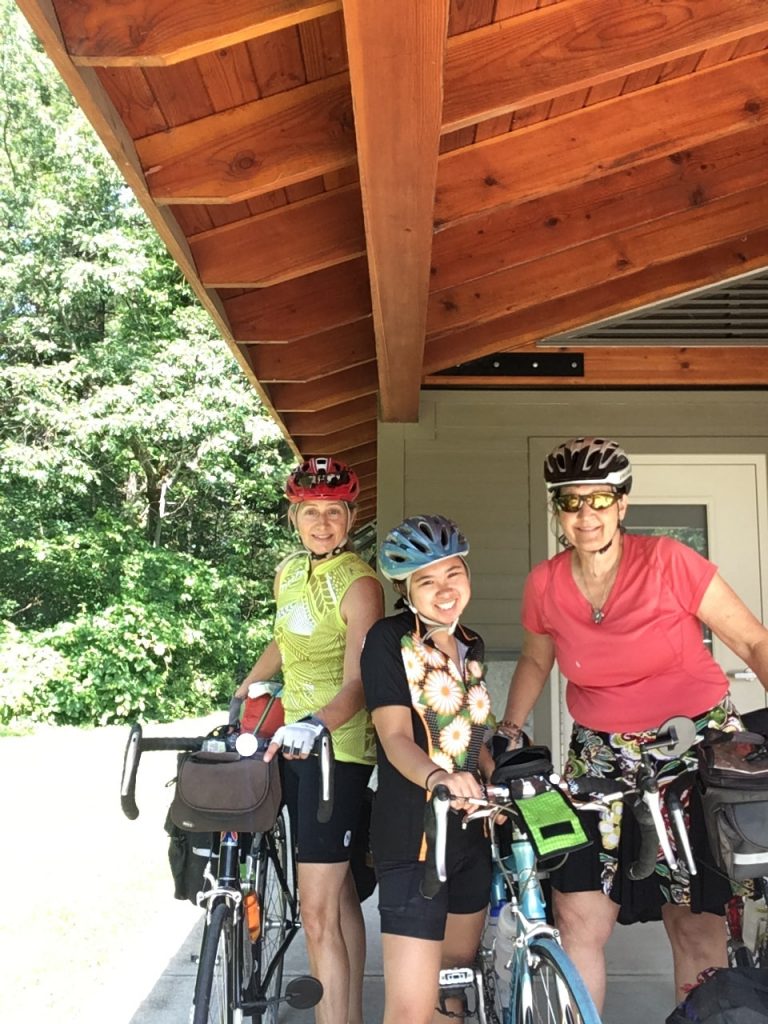
I absolutely LOVE my bike when it has all of the gear. And it was a total challenge to ride it fully loaded on the hills of the Hudson Valley. My legs felt the burn of climbing and the thrill of the downhill.
The days were HOT and challenging. We ended up starting a day late and in the hills rather than the valley. So we rode more uphill than I initially had planned. Staying close to the Hudson was the plan, and rivers can definitely help to smooth out a ride. But because we were later, we ended up starting miles from the river in the hills….
The first day out was both Sadie and Katie’s first time riding with gear on their bikes. A totally new feel to the bike and more challenging in the hills. But as always, the best way to train for bike touring is to ride on a quick bike tour.
The pile of gear didn’t really seem to be any less than my cross country tour. You still need your camping gear, your sleeping gear, your cooking gear (although we didn’t carry a full kitchen set up). It all added up. And we carried two tents. Bikes were heavy.
We made it out of the mountains and then changed our route to get off of the bigger roads and travel on the back roads to Bard College at Annandale-On-Hudson. On my bucket list this summer, was sitting on the rock in the pond at Bard College. Google maps took us onto a bike trail but not a trail made for bikes with gear. We ended up on BIG gravel trails pushing our loaded bikes uphill….. with bugs and heat. Miserable. But we emerged onto the campus after four miles on the trail.
The campus, beautiful. The rock, magical. AND no good pictures of it!!
Food stops were scarce and that was totally unexpected. As were water stops. Outside of Rhinebeck we happened upon a fruit stand that had bottled water and we bought eight bottles. Still not really enough to get us all the way into town.
Katie and Sadie saved a turtle on the road. I didn’t even see it and usually I see these things. But I was focused on the road ahead, I guess.
Rhinebeck finally appeared and lunch in a nice tavern with lots of air conditioning revived us all.
Our campsite for the night was with a #Warmshowers host just outside of town. We have hosted many, many cyclists from around the world through Warmshowers.org but this was our first Warmshowers stay. It just never worked on to our routes before. The family was wonderful. Generous in letting us take a swim, shower and cooked delicious food. It is always fun to meet local people when you tour. You learn more about where you are!!
Day two, took us towards Val-Kil National Historic Site.… We biked back into Rhinebeck for breakfast and a toothbrush (I forgot mine). And then headed along the river to visit historic sites and make it to the next campground.

Short days — we made it to the campsite by 11 AM and decided we didn’t like the look of it. So, we all decided to head back to the campground where the car was. It was ambitious as we had biked 15 miles and this would mean a 40 mile day. Since it was a first tour, I had planned 25 mile days. And this campground was 15 and then we were going to ride into Hyde Park and visit the National Parks. But we turned around and headed back into the hills.
We had to decide flatter road with lots of traffic and a good shoulder to ride. OR, hillier roads with less traffic and less shoulder. We opted for the latter…. and there were hills!! One after another.
We again, found few places to fill water bottles and with the heat we were going through bottles quickly. Lesson learned — CARRY EXTRA WATER!
Cycling on the Road
 We love road biking. And now, instead of riding tandems with kids on back, they are on their own bikes.
We love road biking. And now, instead of riding tandems with kids on back, they are on their own bikes.
Every year, I think I write this article. And here I am again. Just after a ride with our kids, having cars behave badly.
It is simple.
We do everything that we can to stay safe. We ride inside the white line, whenever there is room. We ride straight. We work to communicate what we are going to do.
Cars — need to give us room! 3-4 feet. The car doesn’t have to cross the double yellow line just hug it. The key is that the car needs to WAIT until it is safe to pass. This is the biggest challenge that we see with cars. They DO NOT wait! Sit behind us. Don’t pass us on a hill or a curve or whenever it would be UNSAFE. Sit behind us! Wait. it is not worth killing us so that you can get wherever it is you need to get to.
Be kind to cyclists. Be patient. Give way! Do NOT hurry to get by. Just wait!!
Learn How to Fix a Flat – 3 Stories from the Road
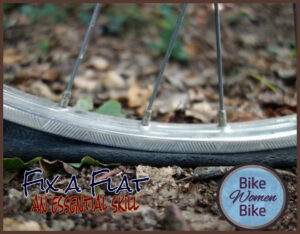 As a cyclist knowing how to fix a flat is essential!
As a cyclist knowing how to fix a flat is essential!
When I first got back into cycling, I had NO idea how to fix a flat! I went out with a bike club and sure enough, I had a flat. A few of the cyclists, helped me fix the flat, even providing a tube for me.
Right then and there I knew, I had to learn — how to fix a flat. Biking across the country from Maine to Oregon, I had a total of 9 flats. Actually, not too bad.
Biking the GAP trail in Pennsylvania, we ended up abandoning the ride after our 9th flat in 9 days. We were riding tandems with our kids, pulling a trailer. Of course, the flat was on the tandem with the trailer and of course, it was the rear tire. It meant, every time, we had to fully unload the rack and unhitch the trailer and repair the flat.
My husband and I have a system if we are riding together. One of us fixes the flat, putting in a new tube, while the other person patches the tube with a hole. That way, once we are back on the road or the trail we have another tube, ready for the next flat.
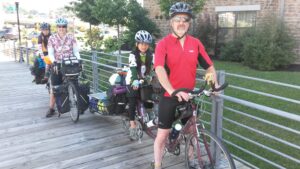 But this was baffling. We checked the rim, we searched for the cause, and we just could not find it. We used old tricks like adding dollar bills to inside of the rim to protect the tube. Nothing worked. Ken, took the train back to the car and arrived back at the campsite the next morning. And, there it was — ANOTHER flat! We headed home.
But this was baffling. We checked the rim, we searched for the cause, and we just could not find it. We used old tricks like adding dollar bills to inside of the rim to protect the tube. Nothing worked. Ken, took the train back to the car and arrived back at the campsite the next morning. And, there it was — ANOTHER flat! We headed home.
If we hadn’t known how to fix a flat we would have been stranded on the trail, miles from any assistance at times.
My last “fix-a-flat” lesson learned story is this:
Driving home from dropping the kids off at school, I came upon a cyclist on the side of the road broken down. I stopped and asked if he needed help. HE had a flat. I offered him a ride, and gave him a ride back home. He was about 10 miles from home and he was wearing cleats that made walking impossible. I offered to stop at our house and fix his flat, but he declined and said his mechanic would fix it. Obviously he had NO idea how to fix his flat.
Knowing how to fix a flat will keep you rolling.
My favorite pump on the road is the Topeak Road Morph. It literally converts or morphs to a standing pump, similar to the one we all have in the garage. It makes it so much easier.
I had a traditional frame pump years ago. I was out with a group on a long ride. I got a flat not far from the end of the ride. I was alone. Everyone ahead of me.
I changed the tube, no problem, and then went to pump up my repaired flat. The hand pump was challenging to use. I got it on the stem, started pumping, almost had the tire up to full pressure and suddenly the pump pulled the air out of the tire and I had to start again.
I swear, I pumped that tire up at least three times and it kept getting close to good tire pressure and then whoosh it was zero. I threw the pump across the parking lot and had a few choice words.
A couple of cyclists came back looking for me, and we got it pumped up and finished the ride.
Since, then, I ride with a Topeak Morph. It is easy to use, has a pressure gage built into it and works every single time!!
Bottom line is that you need to know how to fix a flat and you need to have gear that works for you. Of course, you also need to carry it with you when you ride or it does you no good.
Basic and advanced items of cycling equipment
Finding Advanced Cycling Equipment
For advanced safety and maximum competition results, any biker needs to have a complete cycling equipment, starting from great shoes with carbon soles to the cap and the glasses that protect him or her from too intense sun light. Some more peculiar items of cycling equipment include special frames and even saddle adjustments these technical components are also the most expensive ones you can get given the fact that they actually ensure a change in bike design and structure. The latest frame models have sloping designs and they can be found at more accessible prices on the Internet where suppliers face a tougher competition.
Shock absorbers are the elements of cycling equipment that can be added on the frames of mountain bikes to reduce the impact on rough terrain. They come in a variety of models including front or full suspension types, and the most advanced are highly sophisticated so as to be used for a wide range of riding purposes. Manufacturers have come up with plenty of protection items for mountain biking, and these elements of cycling equipment vary from simple knee and elbow pads to plates used for arms and the back. An even more popular protection item here is the face helmet that resembles those used in motocross yet it is much lighter and better ventilated as well.
The existence of a rich offer of saddles on the market enables any biker to improve the riding conditions by the use of an advanced item of cycling equipment. Those people who ride the bike for shorter distances usually prefer cushioned saddles that are a lot larger than those used for professional performances. For the latter cases, saddles become the parts of the cycling equipment that need to enable an ample leg movement. This very kind of narrow seat is preferred by race cyclists who usually bend over and distribute their weight more evenly between the saddle and the handlebars.
There are some very common components of the cycling equipment that are often regarded as optional accessories meant for utility bicycles. For instance, commuters who go to work by bike can definitely benefit from the use of chain-guards that prevent clothes staining because of the oil on the chin. Moreover, special baskets mounted at the front of the bike and rear racks as well could prove very useful when carrying goods. And last but not least, though not included in the conventional cycling equipment, a rear-mounted child seat is commonly encountered, just like additional saddles to transport children.
Winter Cycling Gloves for Cold Weather Riding
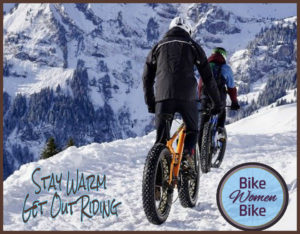 Stay Warm When You Are Out On The Road —
Stay Warm When You Are Out On The Road —
Winter Cycling Gloves Can Help!
Bikers know how difficult it is to keep the most exposed body parts warm while riding hands and feet are the first to need protection during cold weather and Nike cycling apparel items could be the right choice for you. Winter cycling gloves are an essential for true winter riding.
Nike thermal gloves could make a great choice to help protect your hands from the cold bite yet, when choosing a model, it is good to take into consideration the warmth of your hands first and foremost. A biker with very warm hands is exposed to overheating and sweating, therefore, only choose a Nike cycling gloves model if you think it suits your physical structure. Look at different weight gloves based on your body and your needs.
Winter cycling gloves are a personal choice.
For people with a more cold-sensitive type of skin, fleece gloves can be a good option. The models also have a reflective pattern that makes them visible at night in case you have to ride after dark. Glove liners could also be used in order to achieve the same level of warmth and protection as you enjoy on the other body parts such as torso, arms and legs. A good point with these cycling items is that they are very often multi-functional, meaning that you’ll be able to use the same gloves on other conditions than when riding.
It’s a combination of warmth and wind protection. Selecting the right glove for you may take some time. Evaluate where you will be riding and the type of weather you will be in. How long will you be out on the road? This can affect the right winter cycling glove selection as well. It seems simple at first and then, once you get into the details it becomes a bit more complicated. But, if you are like me, you don’t want to be cold or risk a cold related injury, so make purchasing good gear for your winter cycling season.
